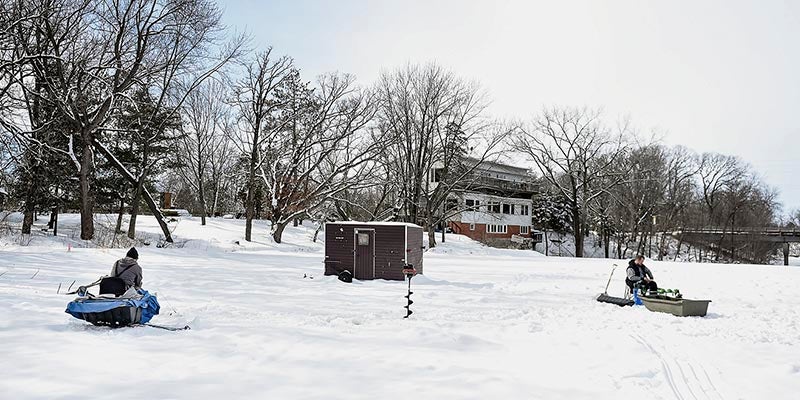Former Austin mayor passes away; Robert Enright served two stints as mayor as well as the City Council
Published 9:17 am Wednesday, February 21, 2018

Robert Enright. Photo provided
Former Austin mayor Robert Enright, a man whose work helped change the vision for Austin’s future, has died.
Enright, 98, died Feb. 15 at Brightondale Assisted Living in New Brighton. Services will be held Saturday in Austin.
Enright’s legacy can be found in a number of projects initiated under his tenure as mayor or councilman. Enright represented Austin’s Third Ward for eight years before becoming the at-large council representative.
Enright was elected mayor from 1968-70 and then from 1975-1983. He also served four years on the Austin Housing and Redevelopment Board.
His list of accomplishments is long, according to an Austin Daily Herald editorial of June 1982, following the announcement that he would not run again.
Among them were the construction of the municipal building, the Twin Towers, the addition to the Jay C. Hormel Nature Center, and expansion of Todd Park.
Add to that a rehabilitation of Main Street, street projects and housing programs.
“Enright’s years of experience in guiding, cajoling, and prodding the council into making decisions in the best interests of Austin today and tomorrow is not an asset which can be replaced in the near future,” the editorial said. “(His) insights as to what actually was in the best interest of Austin came only from years of development as the city’s chief executive. “
And in another editorial:
“Bob Enright … had the ability to listen. And after he had heard people out, he would act with compassion. Many of the public works projects in the city were the end result of Enright’s ability to carefully consider information presented to him by many sources.”
He was not afraid to take on unpopular issues. When he moved from Austin in 2008, a Herald article outlining Enright’s work as mayor included a council decision to allow Austin Utilities to join Southern Minnesota Municipal Power Agency.
“‘My practice was to let people talk in order to air their grievances and hear their opinions before making a decision,’” the article quoted Enright. “Enright remembers petitions piled against the council chambers’ walls and one particular phone call. ‘A meeting had lasted until midnight over the SMMPA question,’ he said. ‘When I got home and went to bed it must have been 2 a.m. and the phone rang. It was a woman who said she was so upset over the SMMPA controversy that she couldn’t sleep and if she couldn’t sleep she wasn’t going to let me sleep either,’ Enright chuckled at the memory. ‘(But) it was about Austin’s energy future and where we would get electricity … we had to think about the future and what the demand for energy would cost.’”
Enright , himself a Hormel employee, was also there when Hormel Foods considered where to build a new plant. The decision, to keep the flagship plant here, was the right one, Enright said, adding that it was crucial to Austin’s future.
Former mayor Bonnie Rietz said she did not know Enright well, but recalled when the Mayor’s Wall was dedicated at City Hall in 1998.
“I had heard what a fine man and good mayor he was; it was fun visiting with him and the other mayors,” she said.
Former mayor John O’Rourke remembered Enright being a “very gentle man … very interested in his community.”
Enright’s son, John, said while his father and mother left the community in 2008, Austin was always home. In his last months, it was tough to get around, “but his mind stayed really sharp.”
“He really loved Austin, and loved coming back and seeing the town,” he said.





